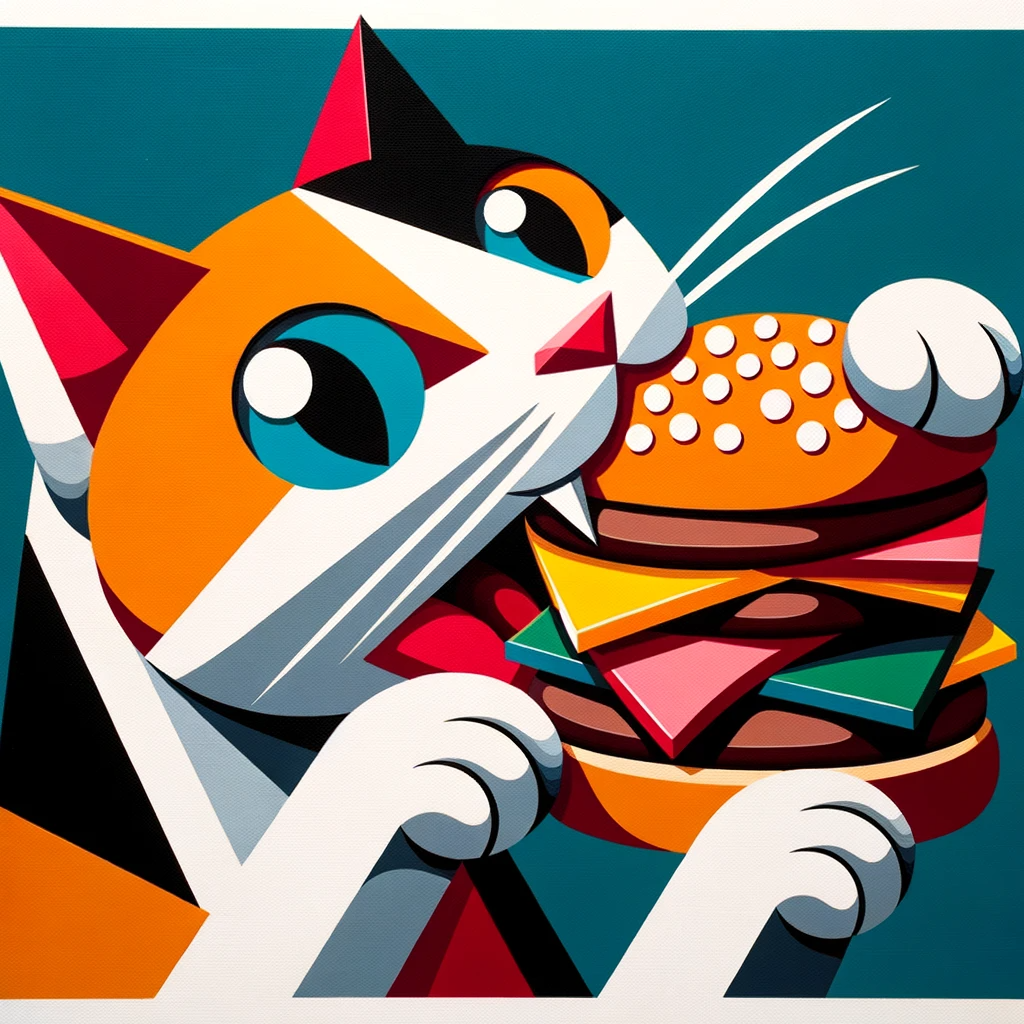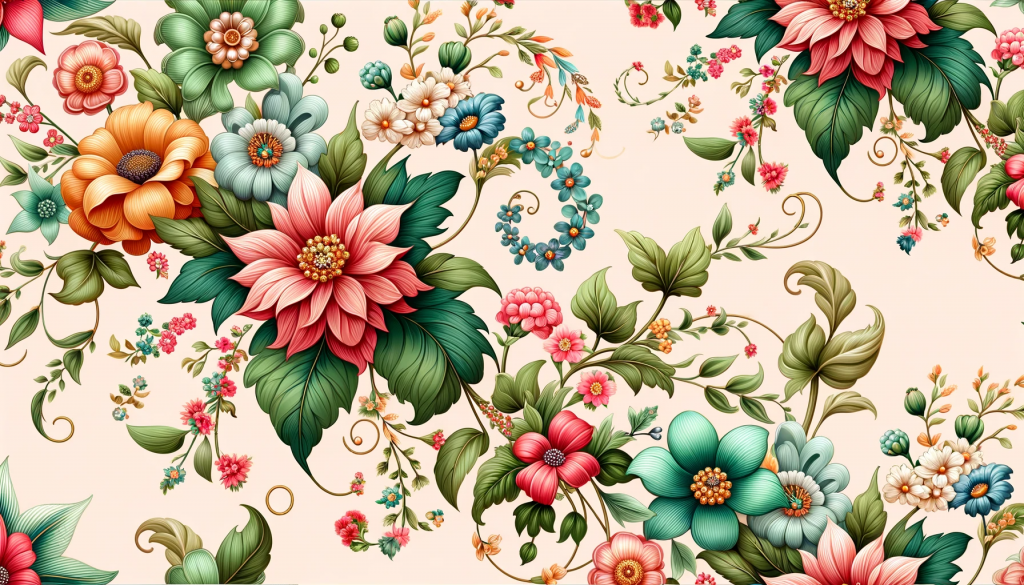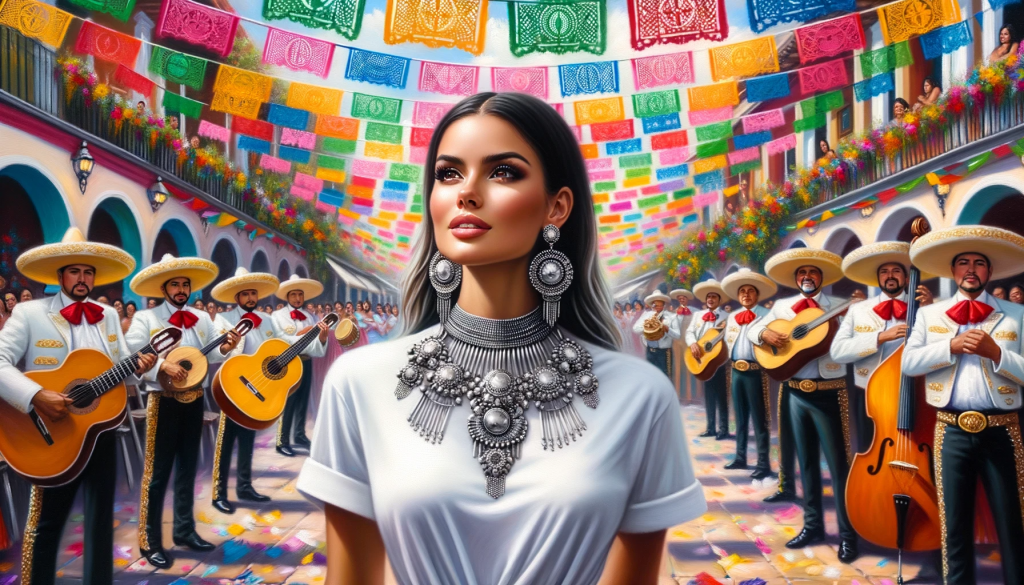

This year has seen the increasing popularity of many text-to-image tools such as Midjourney and Dall-E 2. I did not have any prior experiences with these tools, but when I opened up ChatGPT this week I was surprised with the option to try the beta version of Dall-E 3 (unfortunately only available for ChatGPT Plus if you want to try…). The fact that this was now included in a tool I already used, left me with no other choice than to experiment with the generator. While I started out with prompts such as “Create a painting in Picasso style of a cat eating a burger” or “Create a painting of an F1 racing car in New York 100 years ago”, I eventually started to see the potential to use Dall-E 3 for real-world applications.
One of the applications that makes me enthusiastic is the use of Dall-E 3 for digital prototyping. I could not find a lot of literature or sources for this application, which makes it a perfect subject to start a discussion on. This application will be useful for especially less complicated products or for marketeers. To illustrate this, we should first have a look at what capabilities make the tool suitable for digital prototyping. Firstly, Dall-E 3 offers the opportunity for rapid visualization. Traditionally, it is very time consuming and complex to translate the idea that is in your brain to a useful design. With Dall-E 3, it is possible to just describe your idea and insert a prompt. The tool will provide you with the first results and will significantly speed up the initial stages of prototyping. It also makes it accessible for people that do not have the skills to design a prototype. After this you will get a first round of generated images. The second advantage Dall-E 3 offers, is that you can easily create numerous variations if you are not completely satisfied yet. Both advantages will bridge the gap between idea and visualization, and with that create cost efficiencies for the businesses using this tool.
Now that we know what kind of advantages Dall-E 3 offers for digital prototyping, we should talk about the practical applications. Imagine you are a designer of clothes, and you want to generate visual representation of an idea for a print. You insert your prompt and seconds later you have a first draft of your designs. Or in another situation you are a marketeer who wants to see how their designed clothes will look in different cultural settings. With Dall-E 3 you can simulate various situations and adjust the product accordingly. This can help with strategy planning.
Of course, this is just a small glimpse of the endless possibilities that Dall-E 3 and other text-to-image tools offer. It will be very interesting to see where this journey will take us in the coming years. I am curious what you guys think. Will this technology change business or is it just a hype?


The results of a prompt asking for a sample pattern for clothes on the left side and on the rights side on of the results that was provided for a white t-shirt in different cultural settings.
